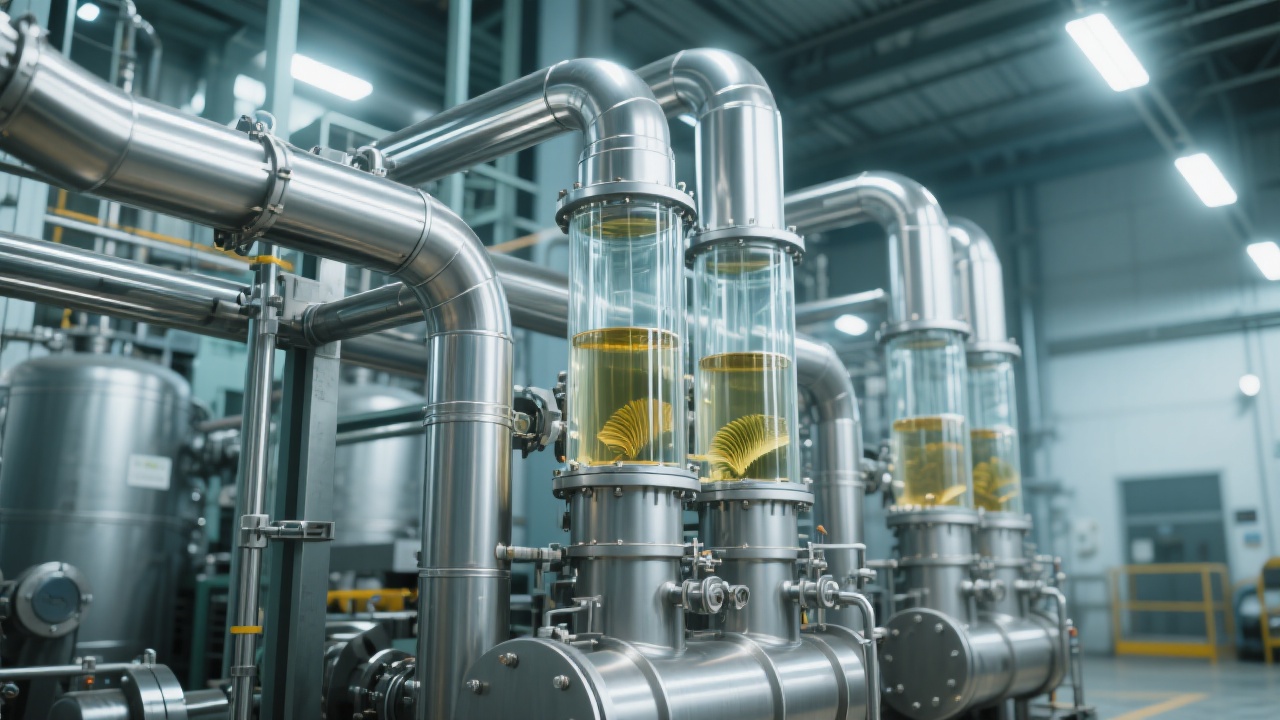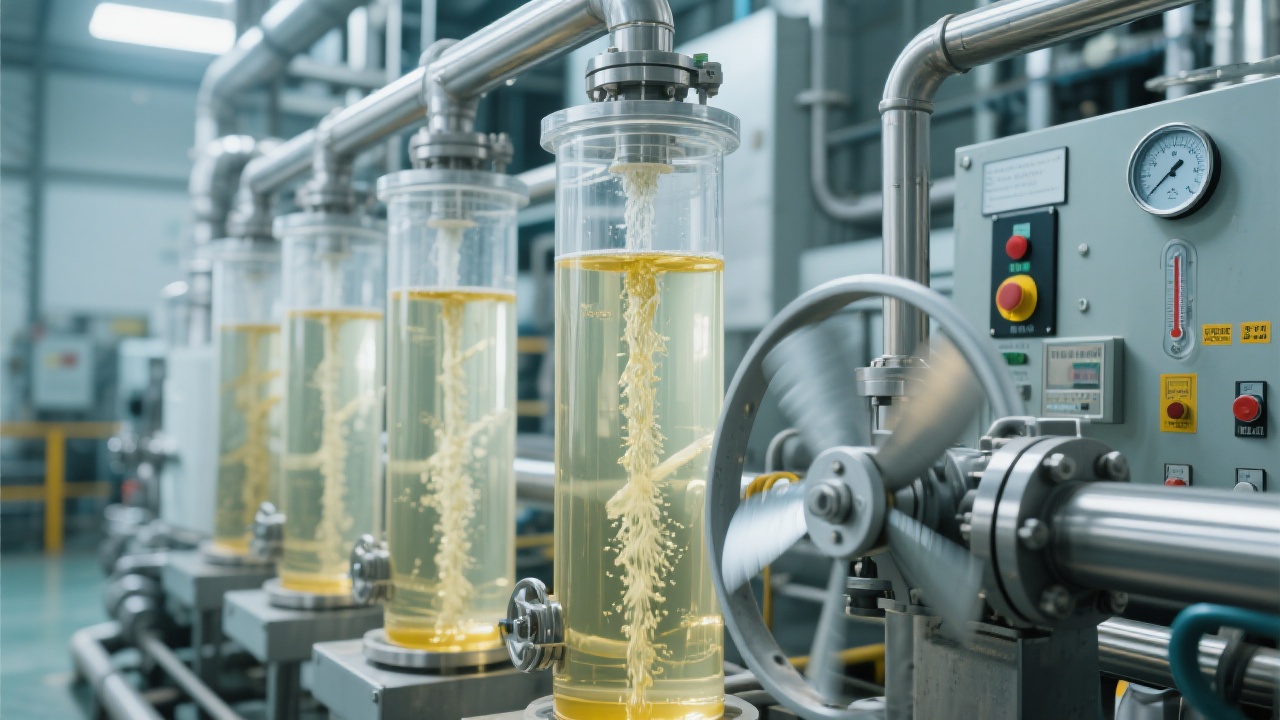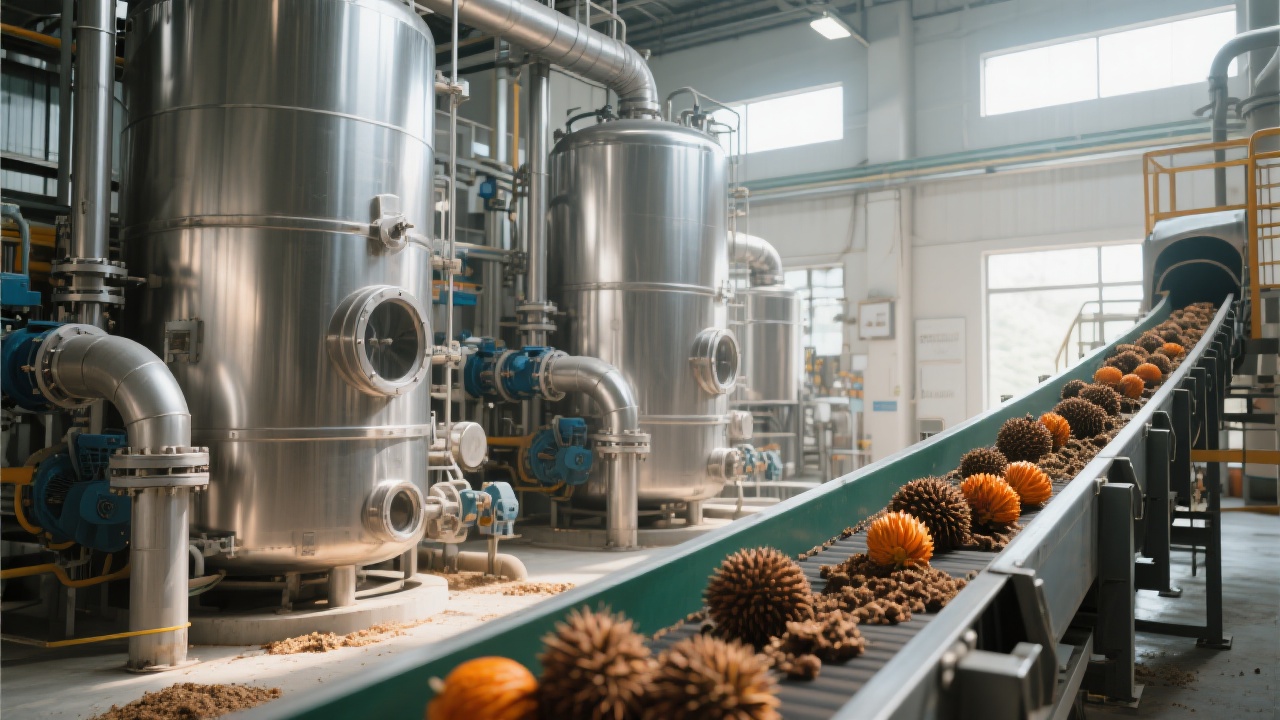
The palm oil refining industry in 2024 continues to evolve with rapid technological advancements and tightening regulatory standards. Efficient production lines capable of optimizing yield while ensuring premium oil quality have become industry benchmarks. This article offers an analytical overview of the critical refining processes—from raw material preparation, palm fruit pressing, crude oil filtration, to refining and deodorization—and explores how precise control of key parameters influences both product quality and production output.
The palm oil refining production line encompasses multiple stages designed to extract and purify oil effectively. Initial raw material handling focuses on fresh fruit bunch (FFB) sterilization and fruit separation to inhibit enzymatic degradation. Optimal sterilization temperatures between 130-140°C with a dwell time of 60-90 minutes ensure maximal oil release while minimizing free fatty acid (FFA) formation. Subsequent pressing leverages hydraulic or screw presses configured with adjustable pressure settings—commonly 250-350 bar—to achieve a typical oil extraction rate of 18-22% by weight.
Crude oil filtering employs multi-stage filtration systems, integrating mesh filters and sedimentation tanks, to remove suspended solids and impurities. For example, a 50 mesh filter combined with a settling time of 12-16 hours reduces moisture and insoluble contaminants to below 0.05%. The refining process itself comprises degumming, neutralization, bleaching, and deodorization:
| Stage | Key Parameters | Impact on Oil Quality |
|---|---|---|
| Degumming | 60-70°C, phosphoric acid dosage 50-60 ppm | Removes phospholipids and impurities, reducing gum content to <10 ppm |
| Neutralization | NaOH concentration 15-20%, temp 70-75°C | FFAs reduced to <0.1%, improving taste and stability |
| Bleaching | Activated earth dosage 0.3-0.5%, 100-110°C | Removes pigments and oxidation products, enhancing clarity |
| Deodorization | Steam distillation at 220-250°C, vacuum 2-5 mmHg | Reduces odor and residual free fatty acids, achieving refined flavor |
Maintaining these precise process parameters supports production targets of 10-50 tons per day in small to mid-scale enterprises, balancing quality and operational cost efficiency.

Practical implementation for small- and medium-sized enterprises (SMEs) hinges on tailored equipment choices matched to desired throughput and budget constraints. Key considerations include:
Case studies indicate that SMEs adopting screw presses combined with modular refining units achieve operational efficiency improvements of up to 18%, reducing energy consumption by 12% and raw material wastage by 5%. Optimal workflow layout minimizes material transfer distances, streamlining labor requirements and lowering contamination risk.

Compliance with evolving standards is crucial. The 2024 regulatory environment focuses on health, environmental compliance, and sustainability, which includes:
Adopting automated process monitoring and robust quality control systems can ensure data logging that supports regulatory audits and continuous improvement cycles.












